The Reason Why
One happy childhood memory was the day Dad took the stabiliser wheels off my bicycle and firmly gripped the saddle to keep me upright. I started to pedal as he ran behind. With a leap of faith his grip released freeing me to balance the bike and discover the joy of cycling. It was a magic moment for both of us and years later that skill has not been forgotten. “You never forget how to ride a bike”.
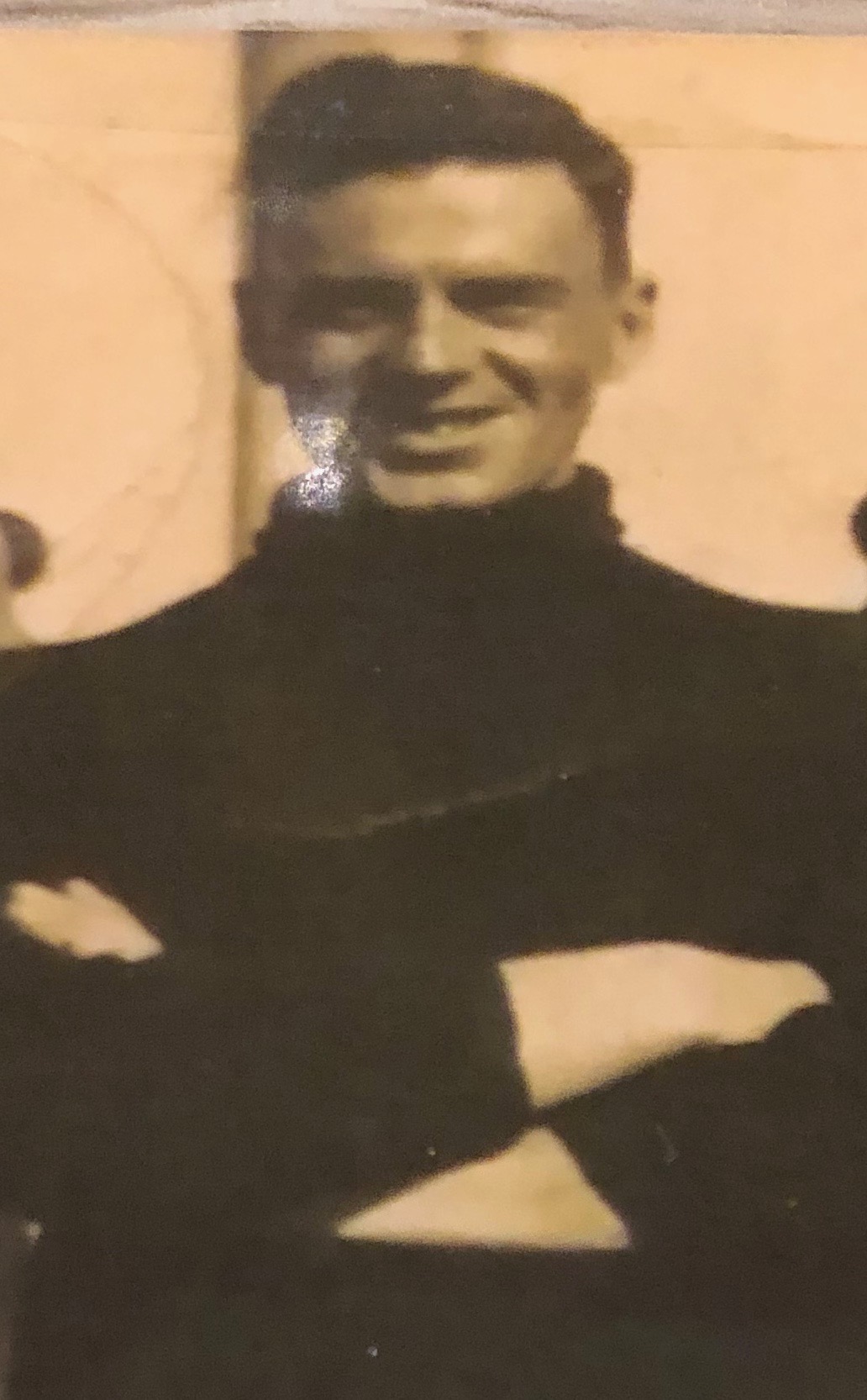
Aged 8 another great memory was when Dad drove me and my 2 sisters to Dover in a blue Standard 10 motor car for our very first sea voyage – a car ferry to France. He then drove across France into Switzerland to manoeuvre onto the carriage of a car-carrying train, another first. We all sat in the car as the train went through a very long and very dark tunnel under the Alps into Italy.We drove to Pisa where I climbed inside the world famous leaning bell tower, an amazing experience. Our journey continued to Rome and the Vatican City.
This year Dad would have been 100 years old and this solo bicycle ride to Rome was my way to commemorate those happy childhood memories.
Preparation
My luggage weight of 12.7kg (2 stone) consisted of hot weather cycling clothing, wet weather cycling clothing, night-attire, toiletries, a first aid kit, spare inner tubes, wet and dry chain lube, a cycle multi-tool kit, gaffer tape and cable ties for any running repairs plus charging leads for my computer, smartphone and GPS system. Before departure I successfully tested my capability to cycle with this load plus a further weighty bag over 40miles that included gradients of 12% – 15%.
Michelin maps and the cycle.travel software programme enabled me to plot a route, know its gradients, calculate distances to cycle on a daily basis and decide where to stay overnight. Google earth and street view improved my awareness of what to expect and places to avoid. I then downloaded the GPS route into my bicycle computer.
This has been the bike ride of a lifetime.
Roads to Rome
Roman roads were essential trading routes and enabled fast movement of the roman military. Their network of roads also made it easier to communicate messages, including religious teachings. When Christianity became the official religion of the Roman Empire in Europe pilgrims walked to Rome and other places of pilgrimage along these roads.

In Britain Watling Street linked Dover to Canterbury, known in roman times as Durovernum Cantiacorum and continued northwards to Chester and beyond, with Chester having a separate coastal route into Gwynedd.
In AD 880 Rhodri Mawr, the King of Gwynedd, followed this route to make a pilgrimage to Rome. It was said that those doing so would have all their sins absolved.
As the route to Rome passes through France it has been given the name ‘Via Francigena’ When searching the internet for information about cycling Via Francigena I discovered the ‘Confraternity of Pilgrims to Rome’ (CPR). Their website was so informative I joined the group and received an impressive welcome pack containing guidance and advice for an enjoyable trip.
My journey begins
I began by attending the Canterbury Cathedral Evensong where I received a pilgrims blessing in Trinity Chapel by Canon Emma.

That evening I stayed at the Cathedral Lodge Hotel on the right of this photo. The hotel has been used by pilgrims going to or from Canterbury for many years.
The first part of my bicycle ride followed fairly busy country roads for roughly 20 miles to reach Dover.

At the foot of Dover Castle I visited a memorial by the late Alex Duckham, the founder of Duckhams Oil, where in 1909 Louis Blériot landed a plane having been the first person to fly across the English Channel.
His flight from France took 30 minutes
I then made my way to the White Horse Pub in Dover where the walls are signed by successful channel swimmers.The Channel Swimming Association was founded in 1927 and is internationally recognised to observe and authenticate the number of swims across the English Channel. Between 1927 and the end of 2018 the association has recorded over 1,500 people who successfully swam the channel. The youngest swimmer was aged 11 and the oldest 74. It takes an average of 12 hours to swim across the channel.

At the Port Of Dover I followed a maze of bicycle lanes to board a ferry to Dunkirk. A delayed Brexit ensured the European Health Insurance Card would remain valid, bureaucratic boarder checks with travel delay was avoided and mobile telephone costs remained affordable.

On the ferry from Dover I photographed the famous White Cliffs.
The Ministry of Defence tunnelled into the cliffs and created rooms looking towards France. During the 2nd World War a dynamo was used to provide electrical power for lighting, ventilation and communication equipment.
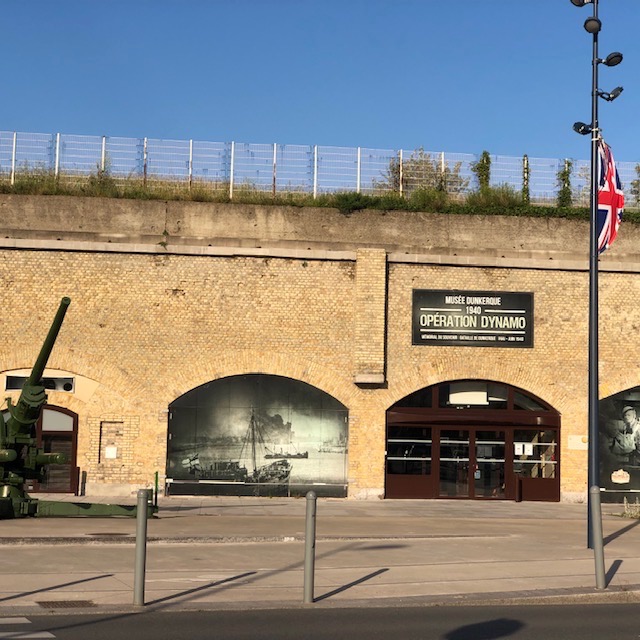
It was from those rooms that the evacuation of troops from Dunkirk, aptly named ‘Operation Dynamo’, was co-ordinated.
In Dunkirk the ‘Operation Dynamo’ museum describes the background and success of this rescue mission.
Between Sunday 26th May and Tuesday 4th June 1940 the lives of 338,000 troops were saved. On the first day of their evacuation, King George VI requested a National Day of Prayer. Then 3 unexpected events occurred that Churchill referred to as the miracle of Dunkirk:
- Hitler inexplicably halted the advance of armoured columns.
- A violent storm grounded the German Luftwaffe. This enabled the troops to reach evacuation points without aerial bombardment.
- Despite stormy weather the English Channel became ‘still’ and remained so until the armada of little ships, big ships, warships and privately owned motor-cruisers completed their rescue mission.
My crossing of the channel was on June 6th, the 75th anniversary of the ‘D’ day landings. A man whose father was evacuated from Dunkirk was later was part of the ‘D’ day landings to liberate France from the Germans.
I cycled to Dunkirk town centre where I had booked accommodation through the Airbnb website. The address turned out to be a tower block. A wall panel in the entrance hallway contained rows of buttons for the various apartments, none of which gave the name of the person I had booked my stay with. I pressed each button to ask if they had received a booking for my overnight stay. Many occupants were out or chose not to answer. Those that did were not Airbnb hosts.
Matters then went from bad to worse. I tried using my mobile telephone to ring the host only to discover the telephone and WiFi was not working. I had no option but to find alternative accommodation.
After booking into the nearest hotel the hotel internet service revealed the reason for my telephone not working. My telephone uses 4G (whatever that means) and 4G did not work in this part of France. Once I switched over to 3G both the Wifi and telephone came back to life enabling me to ring the Airbnb host, alas – no reply. Fearing my £50 booking with Airbnb was a lost cause. I emailed the Airbnb helpline. 3 days later I received a reply to say the hosts had been waiting for me at the accommodation ………..umm.
My journey from the northwest to northeast of France followed the boarder of Belgium and Luxembourg. The terrain was fairly flat or undulating and an absence of headwind made for fast progress along well maintained cycle tracks that edged main roads, or followed level ground alongside canals.


My route passed the sites of numerous war graves and photographs on the wall of a hotel where I stayed showed a village that had been destroyed in the war. All the inhabitants lost their lives.
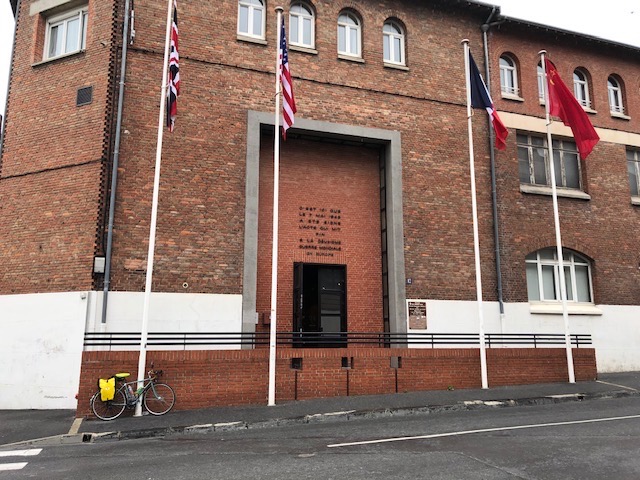
At the town of Reims I locked my bicycle against the British flag pole and went inside the ‘Surrender Museum’. The building was once a schoolhouse and in here on May 7, 1945, Germany surrendered to General Eisenhower.

I had expected the museum to display photographs of the surrender with the room where it occurred being laid out to depict who was standing where and a copy of the signed document on view.
No chance – the display consisted of these grotesque Manikens, a map room and a 5 euro film show.
What a disgrace. Surely the French authorities can do better.
North of Reims I stopped for lunch at Brienne le Château where Napoleon attended a military academy that has since been used for psychiatric care.
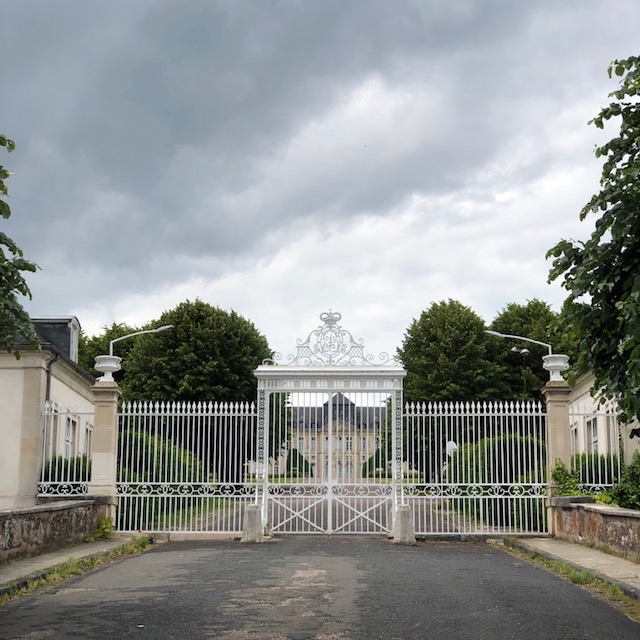

I remembered the saying wrongly attributed to Napoleon that Britain was a nation of shopkeepers. Those words ought to be regarded as a compliment.
During the past few days of cycling I have covered average distances of 20 miles before seeing a shop. Finding a shop that is open is a different matter. Many close on Sundays, some on Mondays, others close on Wednesday. Then many shops close for 2 hour lunch breaks.
It only takes me 2 hours to cycle 20 miles and I always carry a thermos flask of coffee plus a bottle of pop and some sweets. So for me, travelling 20 miles between shops with the chance they may not be open is no big deal. If I was a walking pilgrim those opening hours would be a major concern.
Cycling towards Besançon the front wheel of my bicycle glanced off a kerb and brought the bicycle to the ground with my feet still clipped into the pedals – gosh, this hurt. It took ages to get my body moving, firstly to extract my feet from the cycling shoes still anchored into the pedals, then to prize myself out of the fallen bike, stand up, stand the bike up, pick up my scattered belongings, release my shoes and put this footwear back on.
I saw the bicycle chain had become detached from the front cog, a messy but easy job to put back, then noticed a spoke on the rear wheel had snapped and that the rear mudguard was buckled. Adding to this joyous moment it then started to rain, heavily.
Unclipping my pannier bags I turned the bicycle upside down and set about dealing with matters. Firstly I refitted the chain, then used gorilla tape to attach the broken spoke to the one next to it. After this I used cable ties and gorilla tape to hold my rear mudguard in place.
My rear wheel has well over 30 spokes and whilst one broken spoke was not serious the other spokes were now supporting both my weight and full pannier bags. Further breakages could distort the rear wheel. I decided if a second spoke broke a visit to a bicycle shop would be needed.
An hour or so later it was still raining as I arrived at my Airbnb overnight stay at a hotel on the outskirts of Besançon. To my amazement it was closed. A notice on the entrance door said the hotel was closed for refurbishment and showed a telephone number of the owner who I rang. He came over from an adjoining house and showed me the room he had allocated me. It hadn’t been cleaned, the toilet was unflushed and the bed was not made. As the hotel was closed for refurbishment it had no staff, no wifi and no restaurant. He said meals could be brought at McDonalds in the town centre.
There was no way I was staying here and said a firm ‘No’ , walked out, cycled down the road and checked into another place. Yet again Airbnb failed me. I will never book accommodation through that outfit again.
The following morning I was down in the dumps. It was still raining, I was aching from my fall, unhappy with the damage to my bicycle and really grumpy with the Airbnb hotelier. This morning was the low point of my journey. I decided to cover todays 60 mile distance by train and having spent the past 6 days making my way through France it was a timely relief to take today off from cycling.
A couple of hours later I arrived at Pontarlier for my next overnight stay. My early arrival allowed time to visit a launderette. By now the sun was shining and a walk to the distillery where Pernod is made lifted my mood.
The following day I set off to cycle into Switzerland. Here the sounds of traffic that had been a background noise for the past week were exchanged by music to my ears, the chiming of bells worn around the necks of grazing cows and goats, lovely !



From here my route skirted around the shores of Lake Geneva and took me to places I have heard of such as Montreux. I wonder if the Montreux film festival still exists?
I then passed through Vevey where Charlie Chaplin spent his final years.
The injured Formula 1 racing driver Michael Schumacher still lives in this area. Today I was looking at the Alps and the lakeside views enjoyed by these people.
That evening my overnight stay was in Orsières. The next day would be the very best cycling experience I have ever experienced; the ascent and descent of the Great Saint Bernard Pass. I had calculated the distance from Orsières to the summit of the Great Saint Bernard Pass was roughly 15 miles. The first 3 would be along a main road shared with vehicles headed to a tunnel that would take them into Italy.
Before leaving my hotel the receptionist insisted on checking the weather forecast. The ‘Pass’ had only opened last week as heavy snow had closed the road since last October and further snowfalls could make it unsafe to travel. Fortunately no snow was expected.
At 10am my ride commenced. The road was in a decent condition, reasonably wide with smooth tarmac and the gradient was an easy 3% .
During the 12 weeks leading to this trip I had been building up my strength and stamina by cycling up hills on a daily basis. With loaded panniers:
- Gradients up to 6% are easy.
- Climbing between 7% and 10% involves a bit of effort.
- I can manage 10% to 15% gradients for short distances.
- Anything over 15% is beyond my ability.

The main road passed under concrete roof structures known as ‘Galleries’ that shield road users from rock falls and avalanches. The engine noise from passing cars, coaches, lorries and especially motorcycles was very loud. Eventually I came to a fork in the road that took me to the ‘Pass’ as motor vehicles continued through the tunnel. For the next 12 miles I was on my own to enjoy the scenery, fresh air, peace and quiet.
The gradient was roughly 7% which increased to 10% when as the road ‘switched-back’ to climb the mountain contours toward the summit. I stayed in the gear next to my lowest using the lowest for the switchbacks. I combined that routine with a determined effort to relax, pedal and let the bike do the work. The higher I climbed my surroundings became snowier and more beautiful. I adapted to this continuous climb and simply enjoyed the view.

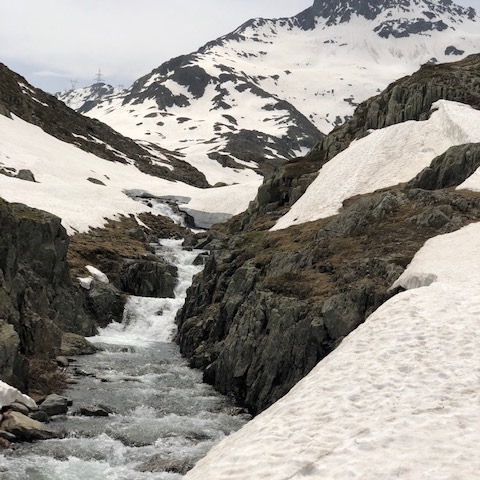
2 miles from the summit the gradient became too steep for me to continue cycling.

It was here that I stopped and took the above photograph to be amazed by both the distance I had covered and the beautiful scenery surrounding me.
From here I pushed my bike for 1/2 mile, stopped to rest, changed position from one side of the bike to the other then pushed onwards and upwards for another 1/2 mile to do the same again.
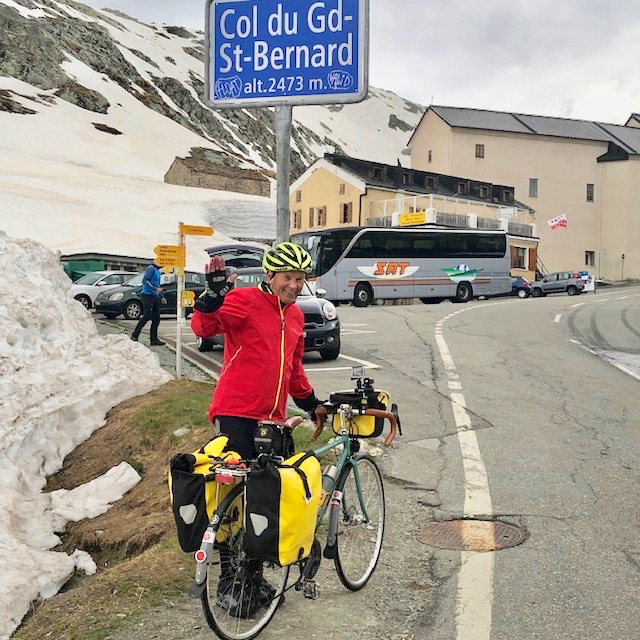
Eventually the summit appeared in front of me. I had ‘Made it! ‘
A french tourist kindly took my photograph. By now the temperature was a chilly 3 degrees and as the building in front of me was a cafe I went inside to get warm, eat my Kit-Kat and enjoy a drink of lemon tea.
The road I had climbed was flanked by a footpath used for centuries by traders, soldiers and pilgrims going to and from Italy. It is known as the ‘Valley of Death’ due to the numbers of lives lost along its route and is the reason for the breed of dog known as the Great Saint Bernard being used to rescue people in difficulty.

I brought a ‘Saint Bernard Dog’ fridge magnet as a keep-sake then began a descent of the ‘Pass’ from Switzerland into Italy.
Wow, what a descent. I coasted downhill for 25 miles into the Aosta Valley for my next overnight stay.
On the outskirts of Aosta I looked back to the snow capped Alps.

From here my route followed vast expanses of irrigated rice fields literally buzzing with midges and ouch, most of them bit me.
The remaining 10 days of my journey brought rising temperatures and increasing levels of humidity. I decided that early morning starts and mid-day finishes would enable me to cover my daily distances in greater comfort.
Those early starts were 7am local time yet my mind and body clock was still in the UK timezone, an hour earlier. After several days of early starts my tiredness combined with heat, humidity, insect bites and the effort of cycling 60 miles a day caught up with me. I needed a rest.

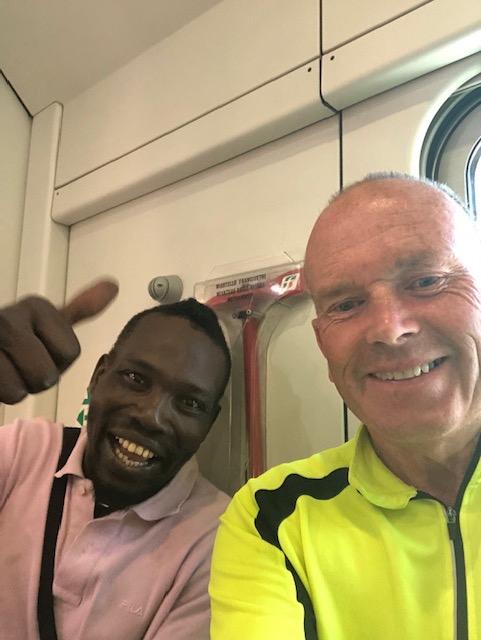
The next day I put my bicycle on a train to Pisa. The chap sitting next to me was called Beau-Ba whose genuine happiness seemed at odds with his living situation.
I asked about his French sounding name. Beau-Ba told me his home is in Senegal which used to be a French colony. He came to Italy 5 years ago and earns a living by selling sunglasses and plastic selfie-sticks, or by undertaking any manual labour that he can find such as labouring, gardening, car cleaning or washing up in restaurant kitchens. He sends whatever money he has left after living expenses back to family members in Senegal.
Beau-Ba hopes Italy will give him official papers to legally stay here but knows that officials are only interested in sending him back to Senegal. He complained to me about this injustice as the first economic migrants of modern times were Italians. Thousands went to seek work in the USA to do what he is doing – surviving and sending money home to support family members.
When the train ticket inspector entered our carriage Beau-Ba said he would be told to leave the train at the next station – adding this always happens as he doesn’t have a railway ticket. He simply gets on the next train until he reaches his destination, Pisa.
By the time the ticket inspector reached us our train had arrived in Pisa. As predicted the ticket inspector told Beau-Ba to get off and he happily obliged.

My reason for visiting here was to revisit the famous leaning bell tower.
On my first visit I was roughly 8 years old and remember climbing around the towers outer rings.
Today many people were striking a pose for cameras, giving the impression they were pushing the tower over or holding it up.
From here it was a short 10 mile cycle ride to Lucca where joy-oh-joy, my accommodation had a washing machine in the bathroom; despite hand washing my clothes at the end of each day, you can’t beat a thorough machine wash. Everything I had went into the washing machine and then hung on the line to air and dry. 2 hours later all my clothes were clean and refreshed.
To keep my bike going I maintained my tyre pressures, cleaned the chain, jockey wheels and cogs every evening and applied dry lube on alternate days. Luckily I didn’t suffer any punctures and didn’t break any more spokes. The gorilla tape held the broken spoke and mudguard in place.
My route through Italy was slow; I cycled for miles between fields on dirt tracks covered with a top layer of stone. Where tarmac was present, the surface was soft and frequently deformed by the heat.



For safety reasons I usually cycle about a meter from the kerb , especially when the roadside is in a poor state of repair. Some roads such as the one shown on the right, were so badly deformed that the humps and ruts simply had to be cycled over.
The motorists in Italy were less tolerant towards me than those in Switzerland and France, with many of them passing so close it seemed they were driving as though I was not on the road. Added to this they love the sound of their car horns. What a shame their car horns cannot be swopped with cow bells.
On a more positive note the quality of my overnight accommodation was much better since giving up on Airbnb.
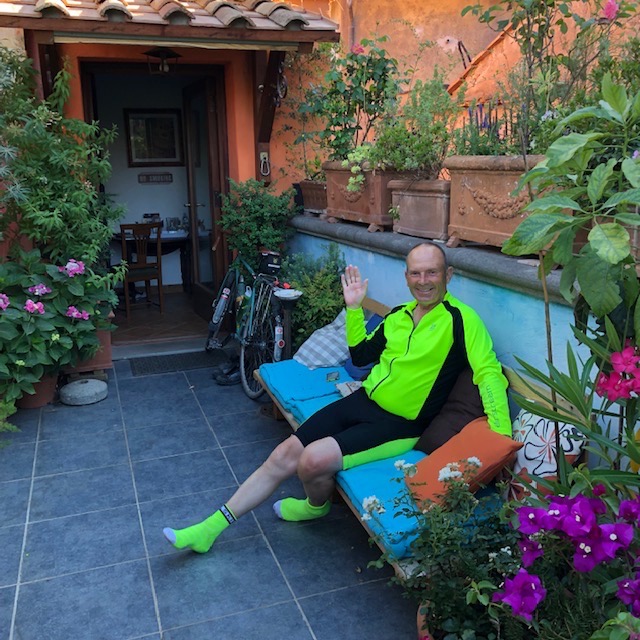
I stayed overnight in small guest houses of old towns that included Berceto, Lucca, San Miniato, Siena and as pictured opposite, Radicofani. All of them were affordable, clean, comfortable, equipped with free wifi and had air-conditioning.
Each guest house left an ample breakfast out for my early morning starts. Evening meals were taken at local reasonably priced restaurants where I would sit at an outdoor table and enjoy Spaghetti, Pizza and a variety of gelato ice creams.



On my last day of cycling I left Radicofani expecting poor road conditions only to discover an excellent cycling road that had been laid over a former railway track that took me all the way to the River Tiber into Rome before threading its way to the Vatican.

By midday I had arrived at my destination, the Basilica of St Peters in Rome.
Was I pleased to arrive – YES.
Would I do it again – NO,
Was this the best cycle ride ever – DEFINITELY !
I had started from Canterbury on Thursday 6th June 2019 and arrived in Rome on Wednesday 25th June, 19 days later. I had cycled 1,016 miles and used 2 cycling rest days to travel a further 102 miles by train = 1,800km.
There is an overarching truth from past travellers of the Via Francigena: this route is about the journey not the destination.
.

My GPS tracked route by train from Home to Canterbury, the bicycle ride to Rome and the flight back to London

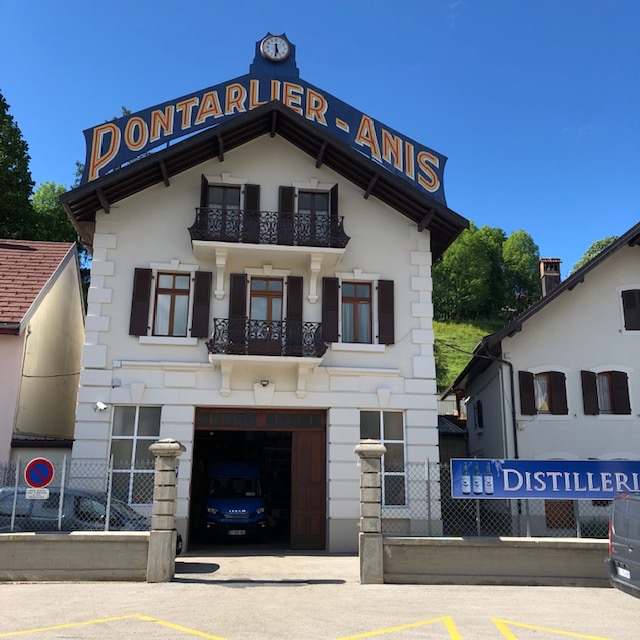
You must be logged in to post a comment.